Mercedes debuts SUV ranges of EQE and EQS lines
Words NZ Autocar | Images Mercedes-Benz, PL
Hmm, there’s a trend here. The legacy manufacturers are trying to replicate the power and glory of their ICE power SUVs in their latest electric SUVs. Only the recipe doesn’t quite work. And that’s because the battery packs add at least 500kg to the overall weight of these new energy vehicles. So they often feel less urgent for straight line performance, despite delivering comparable output numbers, and they also feel less agile in corners. Sure, the bulk of the weight is kept low but it’s still there, also affecting range. This is the conundrum that’s facing everyone in the electric sector. And it will continue to do so until solid state battery technology arrives, still around four years away.
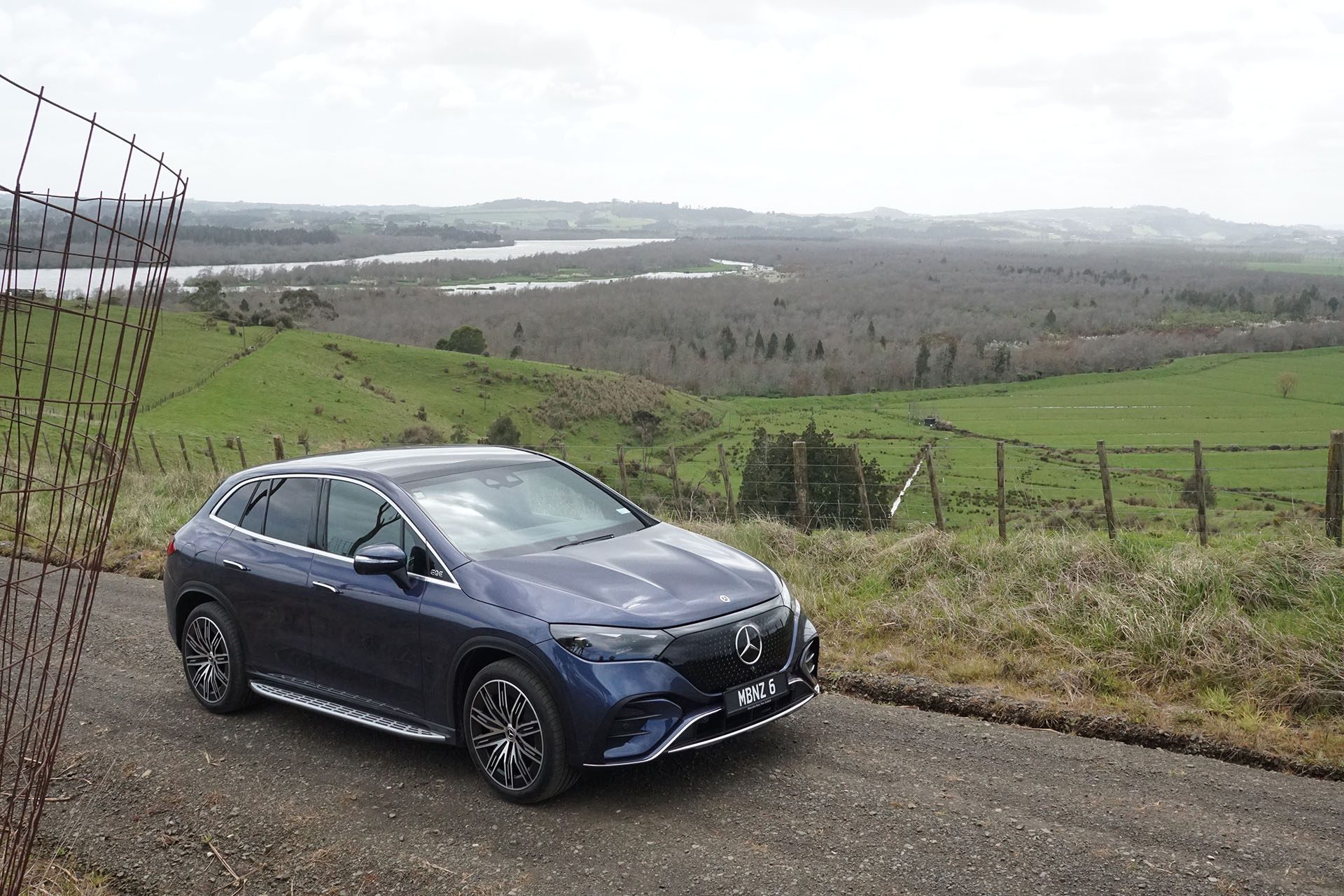
The most recent launch was another example of the above. It just happened to be Mercedes this time, with its new line of five-seater EQE SUVs and its seven-seater EQS counterpart. Both utilise the same electric platform as the EQE and EQS sedans that have already hit the market, though the wheelbases are slightly shorter here. We’ve driven a couple of the sedans but they’ve been AMG variants and went like the wind. But the AMGed high-rise variants will have even less range – just like their ICE powered equivalents then – despite big battery packs. To a degree this can be offset by hyperchargers but not everyone has one of these in close proximity. For sure if you’re contemplating a big electric SUV you will want to install a home wall box charging unit; consider it mandatory.
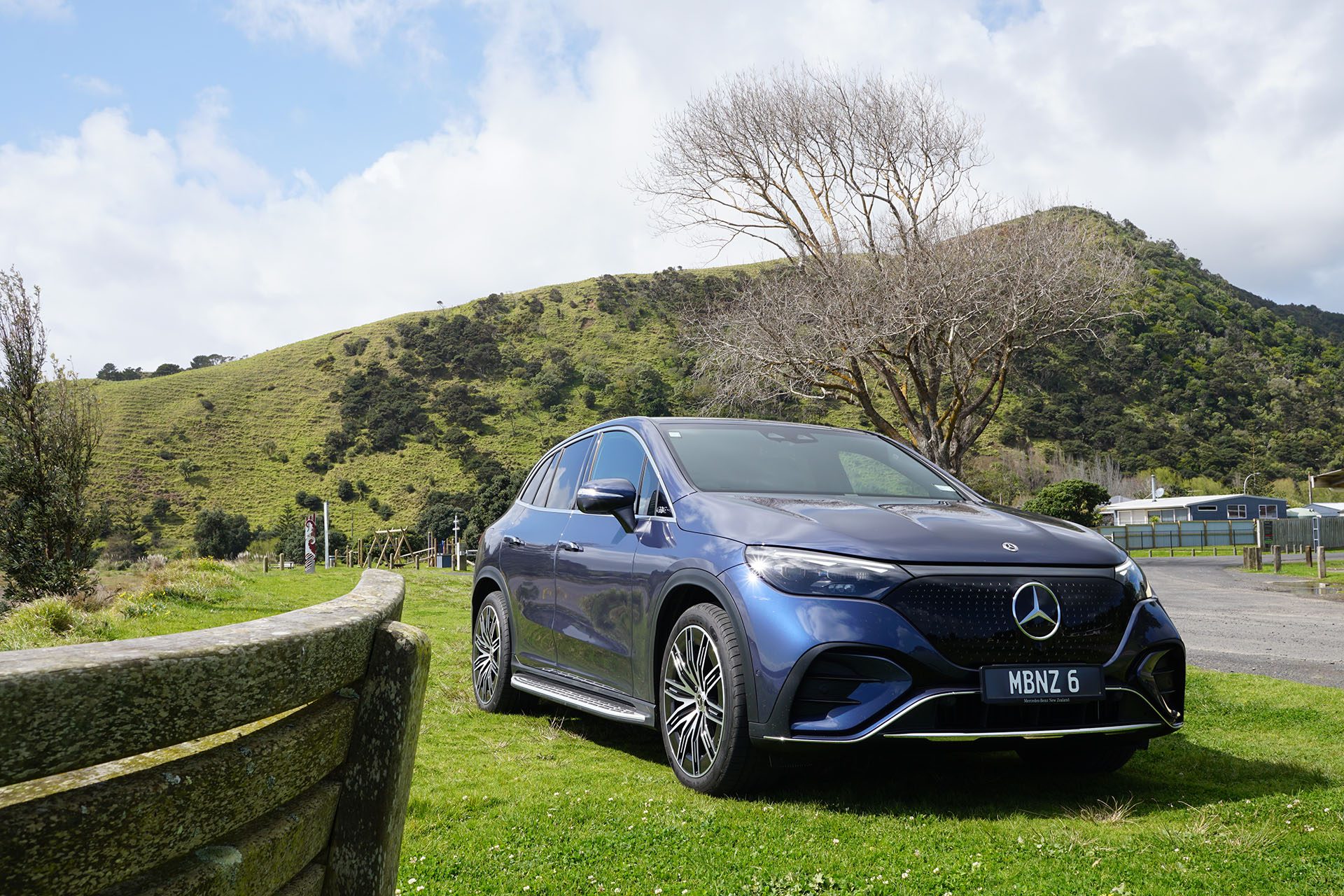
So to the new EQ SUVs. Starting with EQE SUV. We mainly drove it in base EQE 300 trim, which is a single-motor, rear-drive machine. Oddly, NZTA got this wrong, imagining it to be a 4wd unit on the rego sticker. But our experience on gravel roads confirmed its rear-drive status.
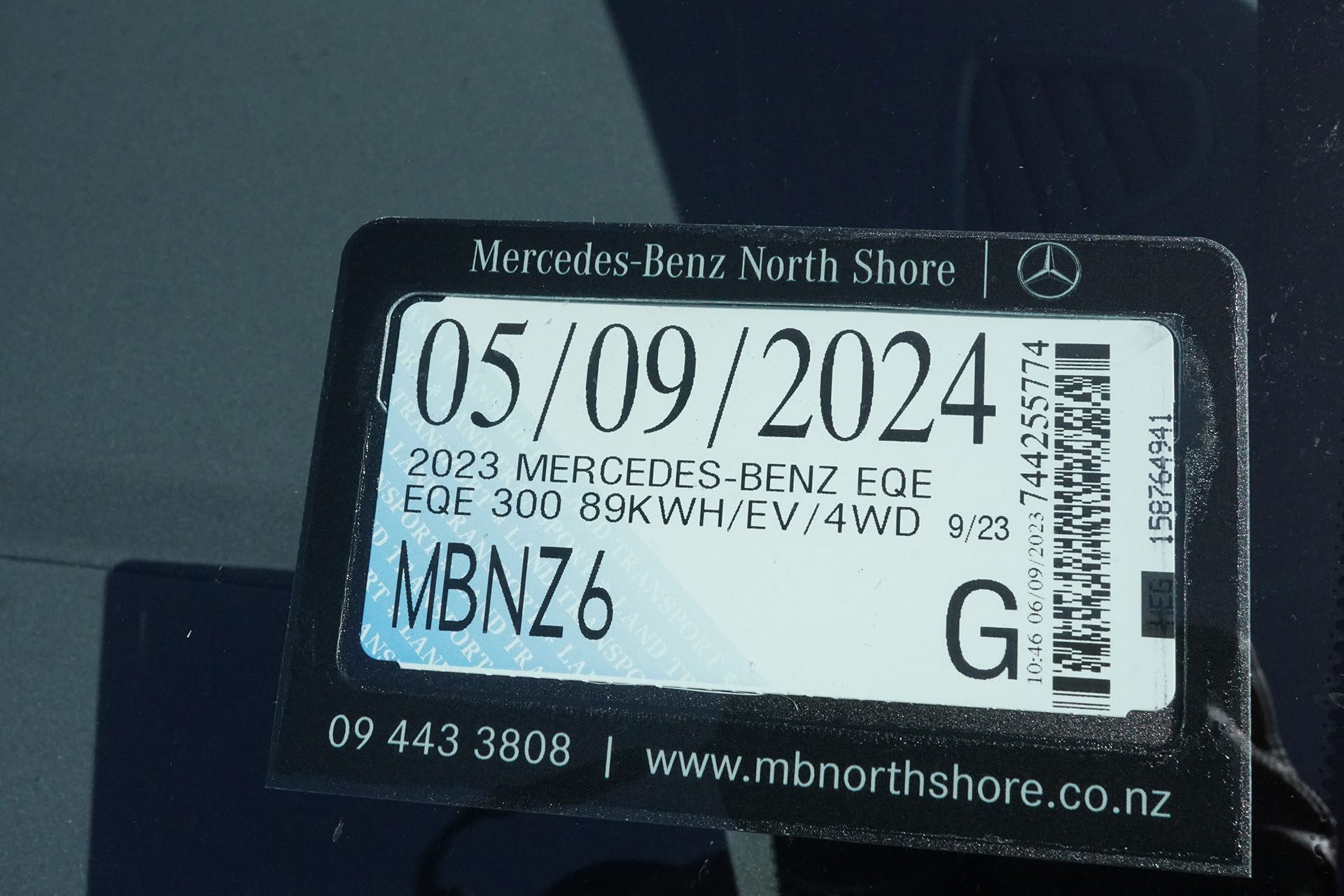
Anyhow, there are two models, the EQE 300 and an actual AWD EQE 350 4Matic model, with an EQE 53 SUV to come. The 300 uses a 180kW/550Nm motor that is supplied by an 89kWh (usable) battery pack and is apparently good for 539km of NEDC range, though that’s more like 490km using the WLTP figure. Acceleration zero to 100 is said to take 7.3sec.
As to the E 350 4Matic, system power from the two motors is 215kW and 765Nm, subtracting a second from the sprint time. Mercedes seems coy about kerb weight. But we know the EQE 53 4Matic is 2690kg so likely the models on launch were around 2400-2500kg. They share the same battery pack and both vehicles are produced in America. DC charging sees a 10-80 per cent recharge completed in 32min, while using a 22kW wall box takes around 6.5 hours. Helping with efficiency is the use of a heat pump which harvests waste heat from the powertrain to warm the interior.
On price, the EQE 300 is $139,900 while the dual motor AWD 350 4 Matic goes for $149,900. It picks up an off-road programme should you want to head off the beaten track. Either can have optional rear axle steering of up to 10 degrees, reducing the turning circle from 12.3m to a minimum of 10.5m.
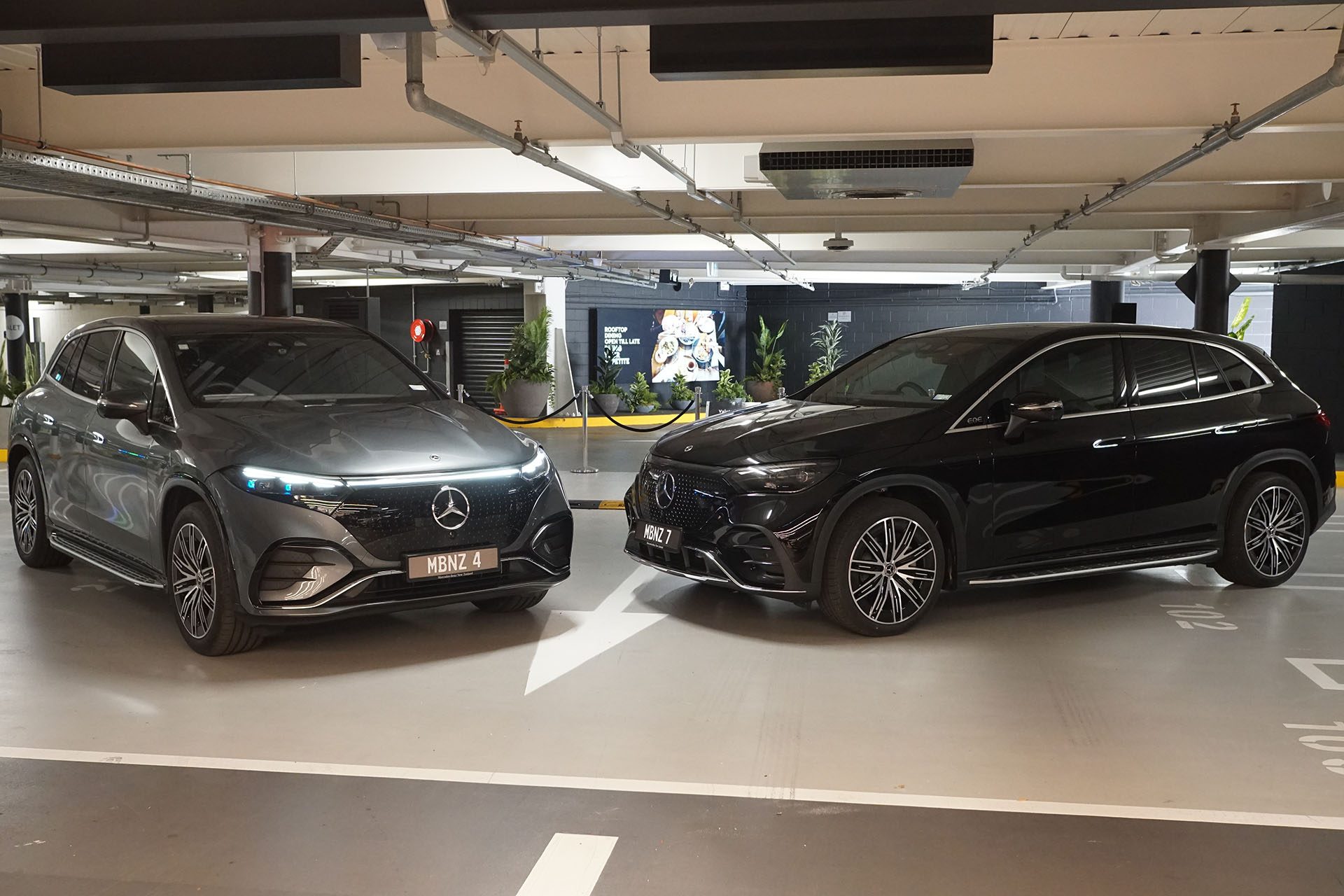
Expect an EQE SUV AMG 53 variant, the first electric SUV from the in-house tuner. The dual-motor (505kW/1000Nm) AWD monster with uprated suspension and brakes will be a 3.5sec flyer with its $7400 Dynamic Plus Pack. It uses a 91kWh battery, and has a range of around 400km. With a variable AWD system, active roll control (electromechanical roll bars) and up to 10 degrees of rear-wheel steering, it will arrive here with a sticker price of $199,900. Airmatic suspension will be standard.
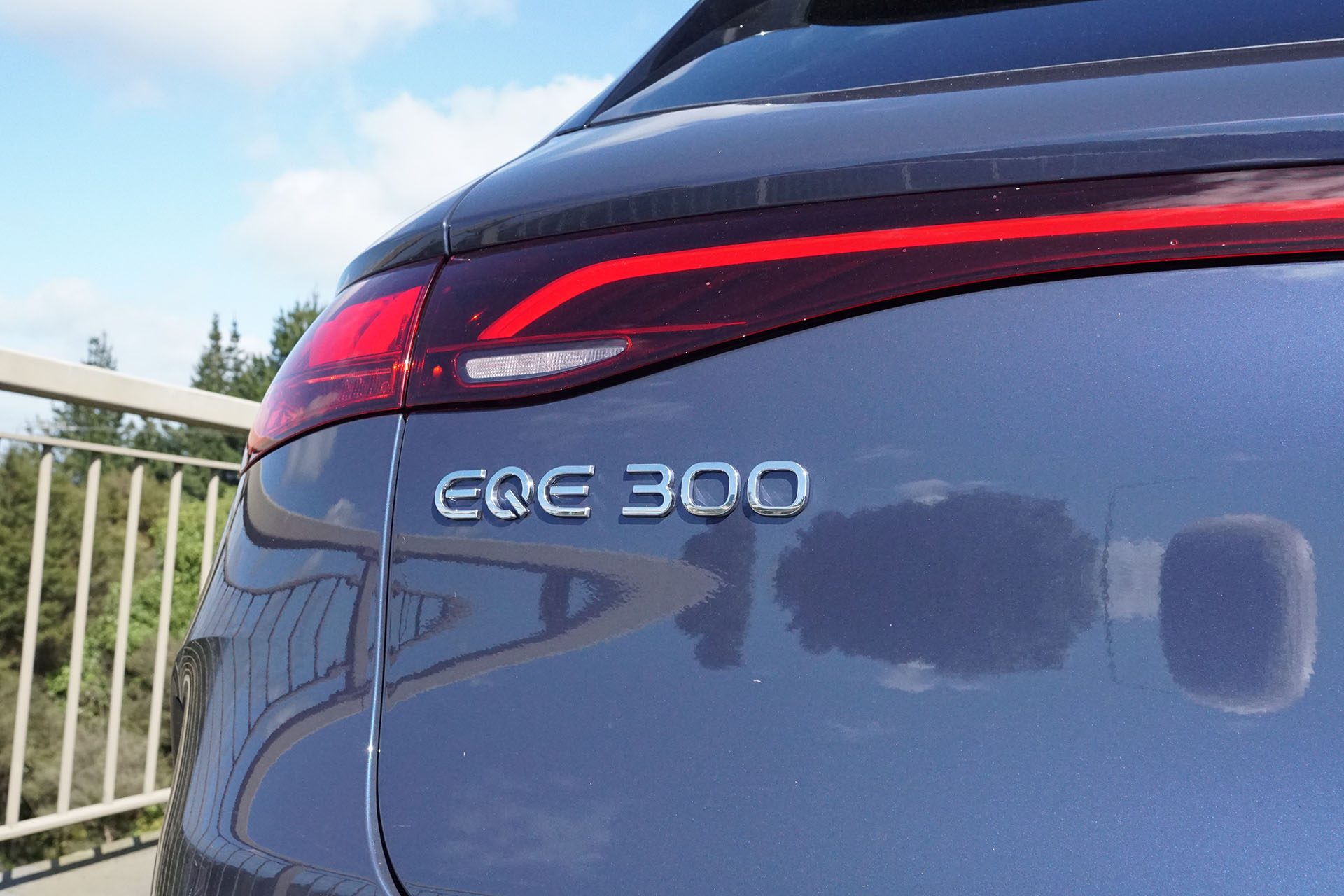
The EQE 300 is a spacious five-seat SUV that goes pretty well rather than in scintillating fashion. Its shape is wind cheating, a smooth and rounded offering with a slightly sloping roof. It has a quoted Cd of 0.251, evidently a sector low.
This is one quiet drive on the go, which is perhaps why Mercedes has installed a 3D surround-sound 15-speaker Burmester hifi system. It can play Dolby Atmos encoded tracks, apparently.
We drove the EQE 300 down a technical section of road and while it’s a bit rolly and the weight is ever evident we appreciated the paddle adjustable regen. If anything this is preferable to actual brakes which seem to require more than expected input to slow the show as you might want. Again, an effect of overall weight. The top regen setting offers the equivalent of single-pedal driving which helps with range anyway. Normal offers mild braking and there’s a no-regen setting to enhance range further.
From the driver’s seat this all seemed rather familiar because we’d just jumped out of the GLC 300 4Matic which you operate in much the same way. The mild hybrid felt feistier and it was more entertaining dynamically being much lighter at 1850kg. But its carbon footprint cannot compare with the EQE 300’s. Room in the rear of the electric vehicle is superior too, given it rides on a bespoke electric platform, unlike EQC which is in run-out and is not scheduled for replacement.
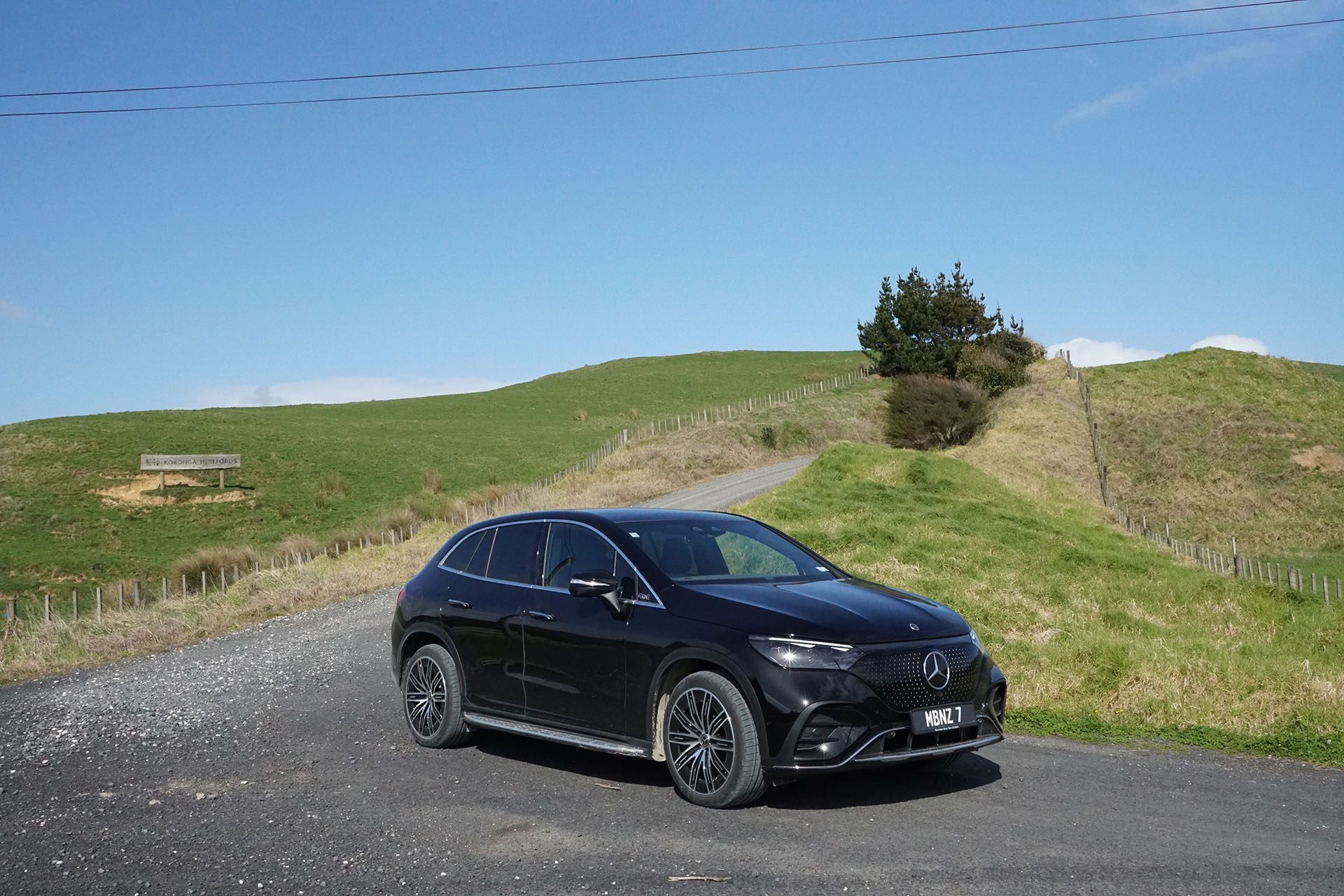
The EQE 350 AWD variant we only drove briefly on gravel and while it shaves a second off the sprint time, the EQE AMG 53 is in another category of quicker if that’s what you’re after.
So how does EQS compare? Think a bit more of everything over the EQEs we drove, including seats, in three rows, the middle ones on powered sliders (130mm of travel) to make life easier for the occasional third-row occupants.
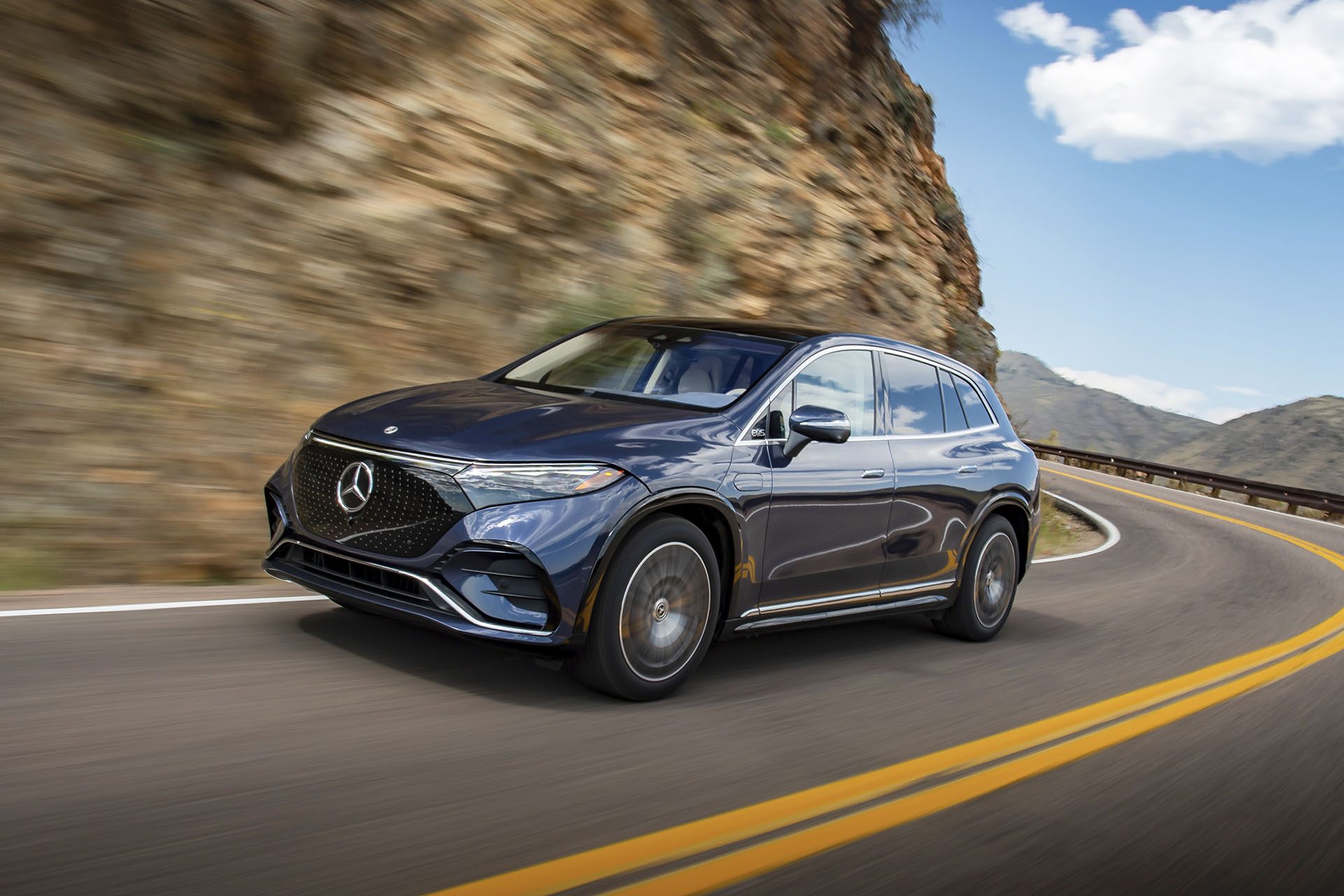
You notice the rear-wheel steer at slower speeds when turning in close confines, though it’s not quite so noticeable on secondary highways. And while it felt somewhat quicker than the EQE 300/350 we drove, it wasn’t night and day faster. It has the Airmatic suspension set-up and in Dynamic mode while using the paddle shifters to alter regen from strong to nil, this can do a good impression of hustle. And that’s not especially easy along the technically difficult roads that run between the beautiful new Te Karaka Lodge before it joins onto SH22, back via Pukekawa and Mercer to the bustle of Auckland traffic and its Southern Motorway nearing rush hour. Here the adaptive cruise worked exactly as you’d want, without need for human intervention.
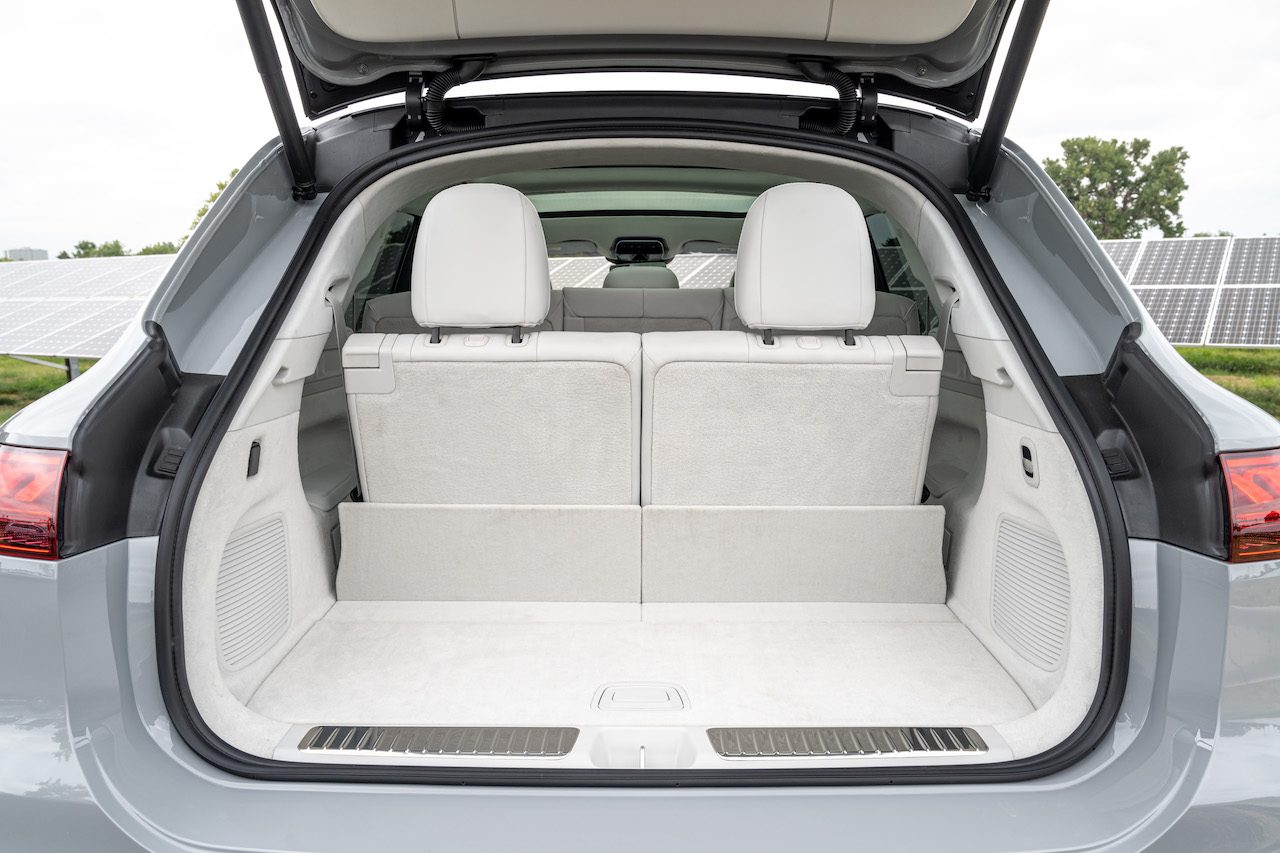
It’s clear that Mercedes has well and truly pushed the electric full-steam-ahead button and these new practical luxury liners are where the company is heading while ICE powered machines slowly ebb away. Where once weight was the enemy of the carmaker, full-sized electric machinery with acceptable range has meant a return to hefty luxury offerings and all that entails. Small wonder that road user charges for EVs are once again in the political arena. One wonders whether they will be weight based or will one size fit all.





